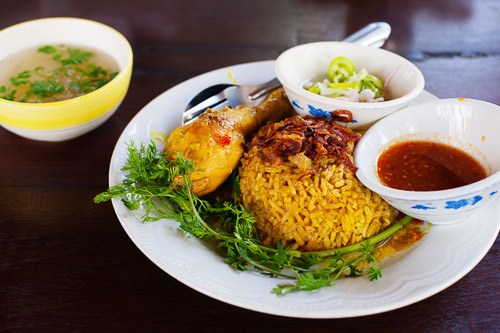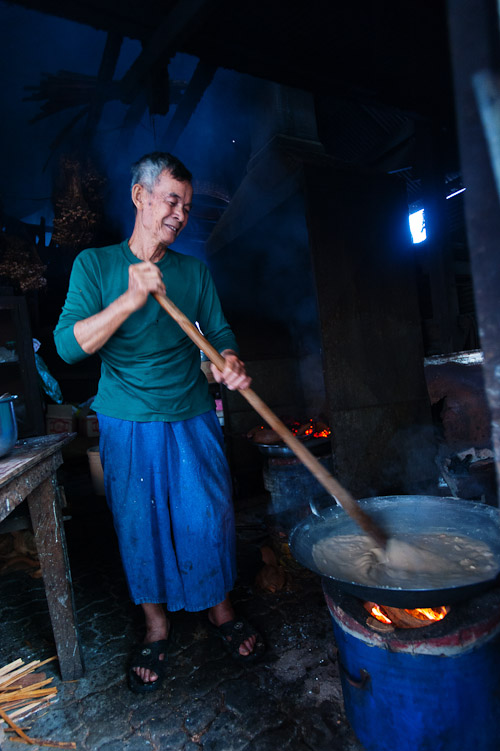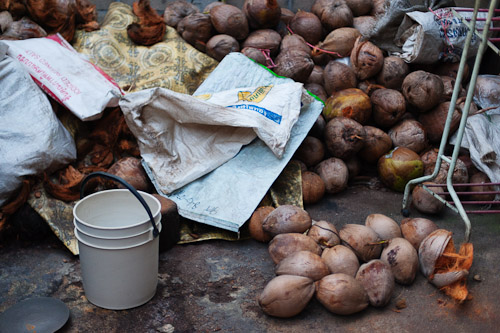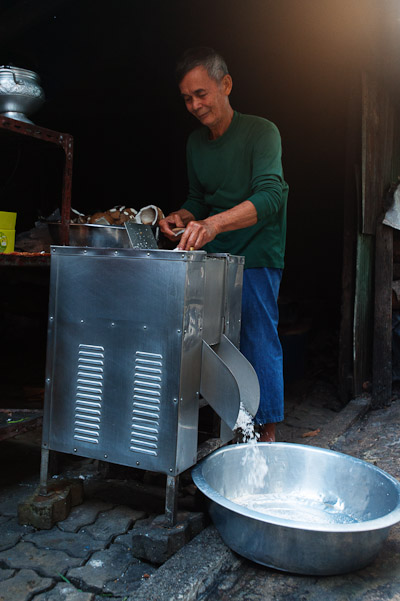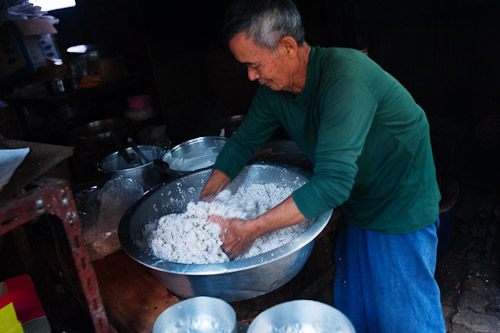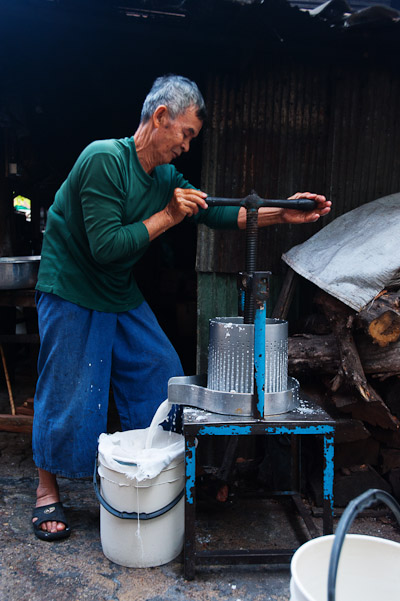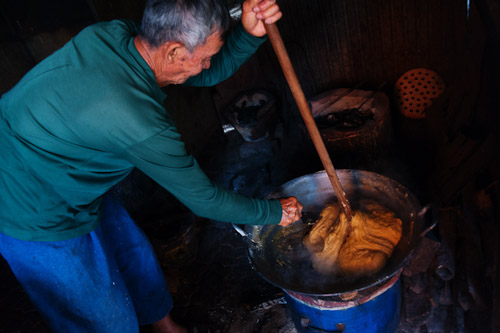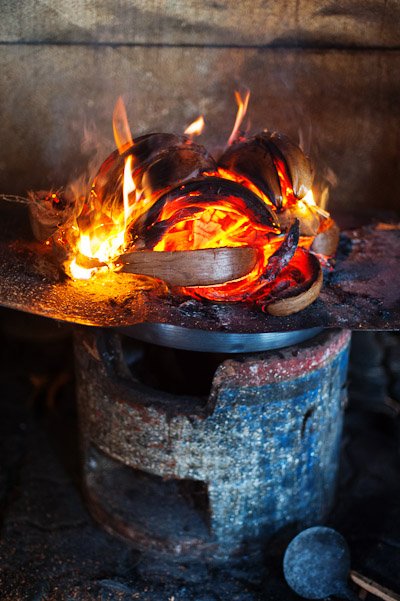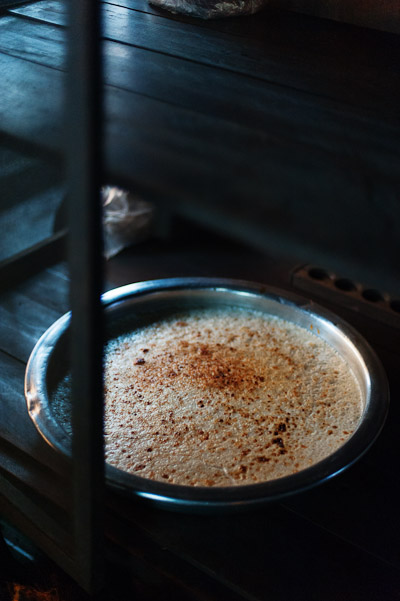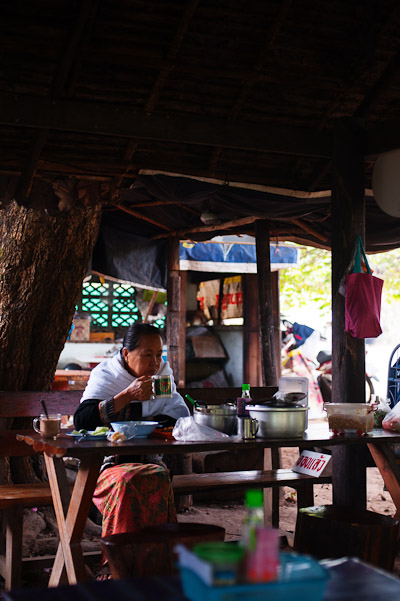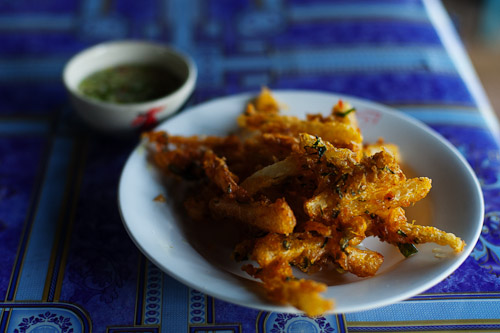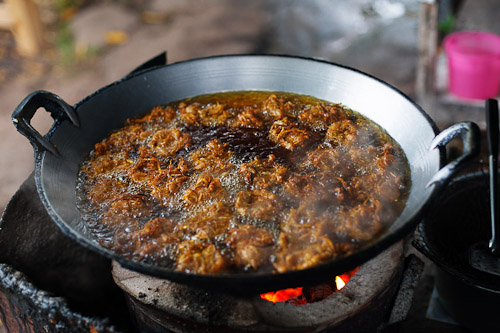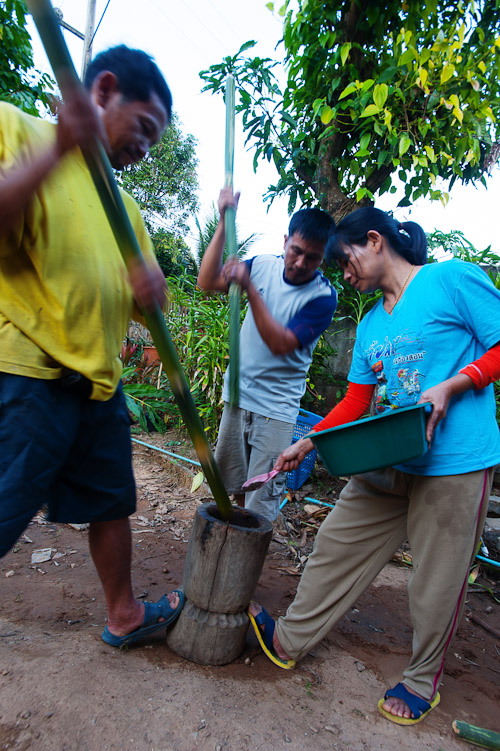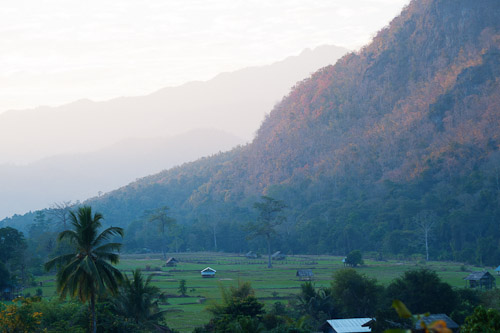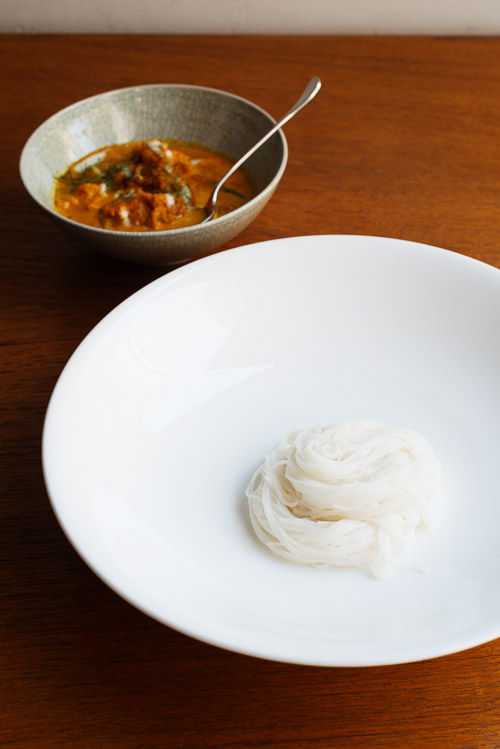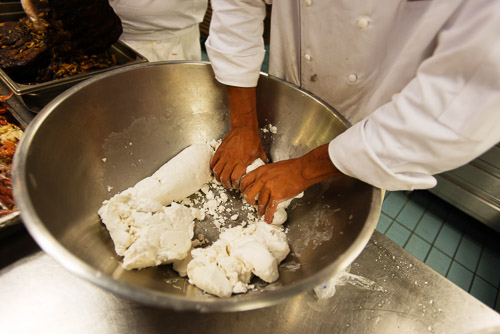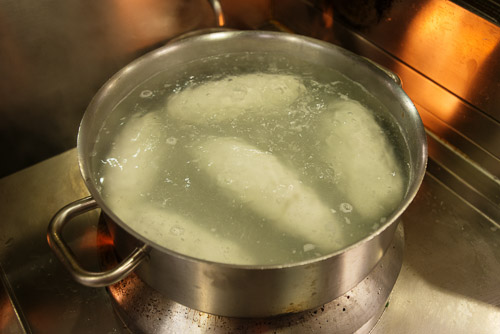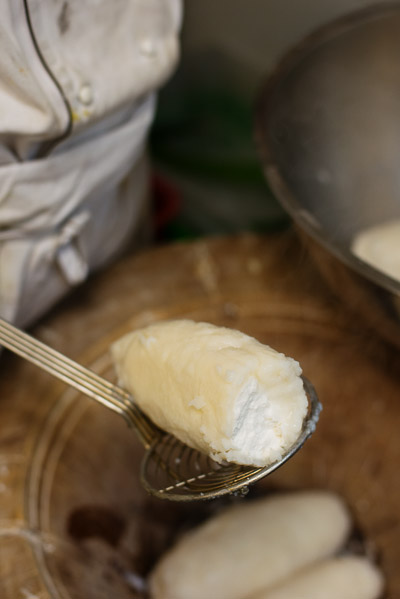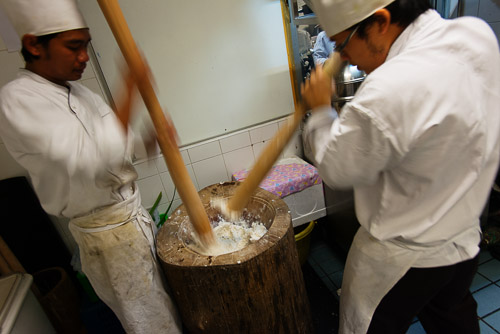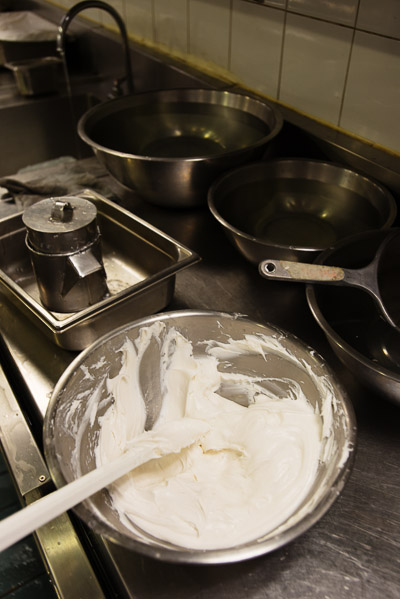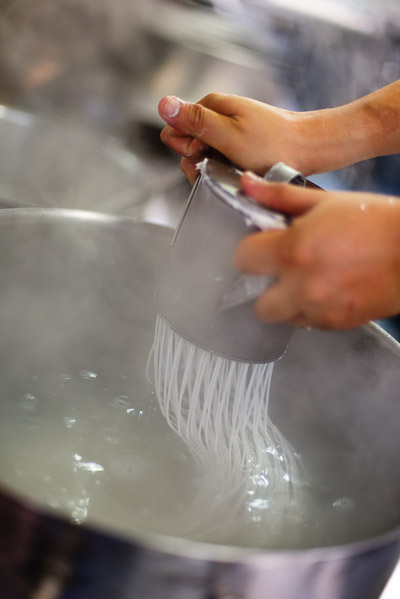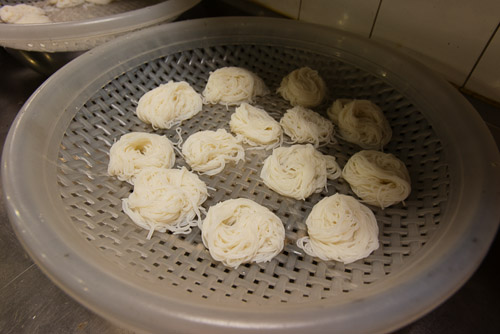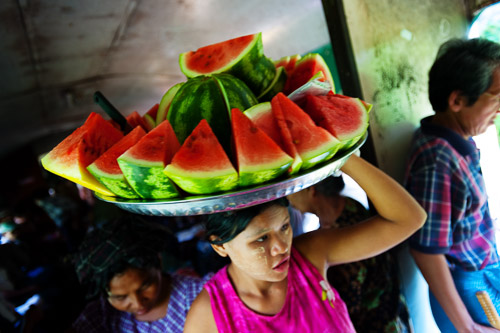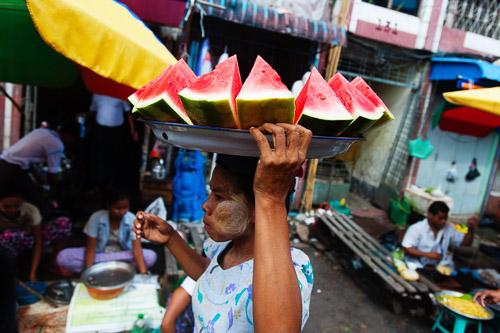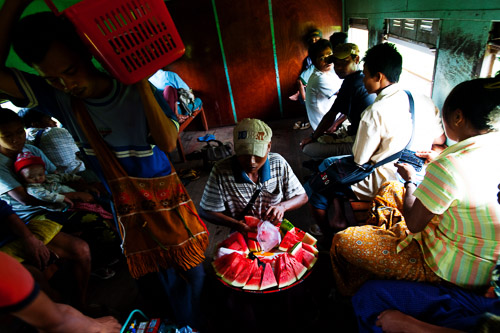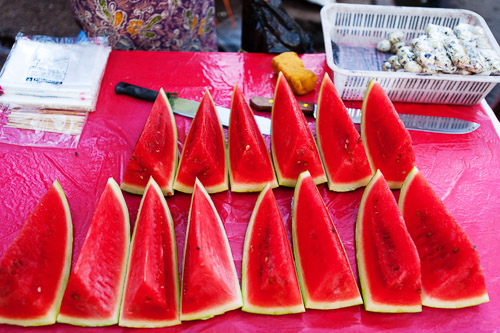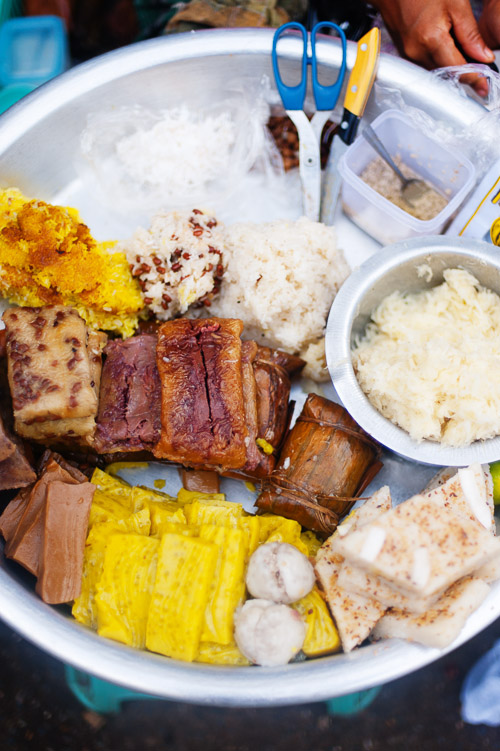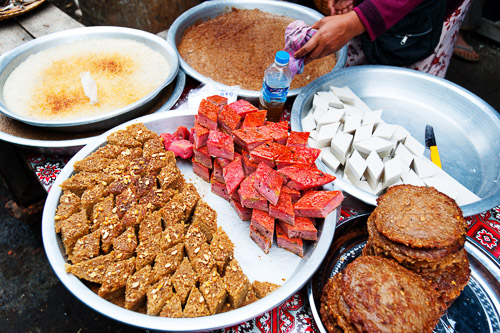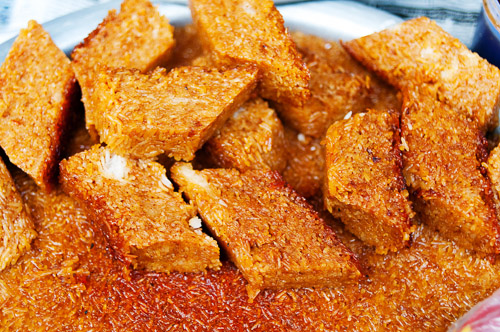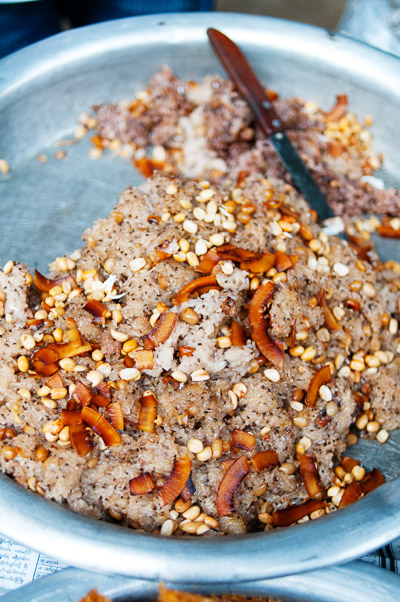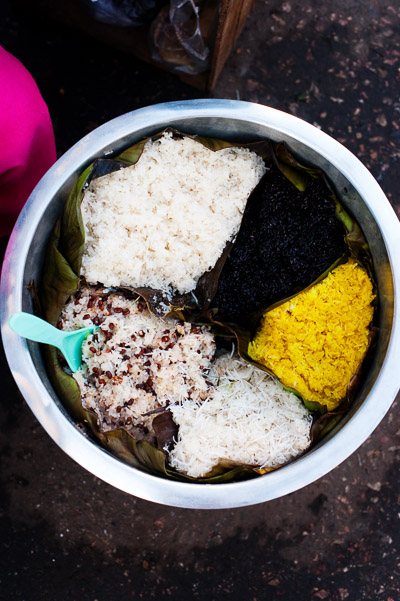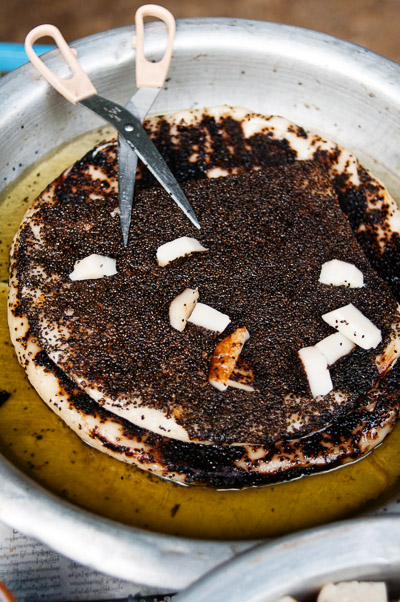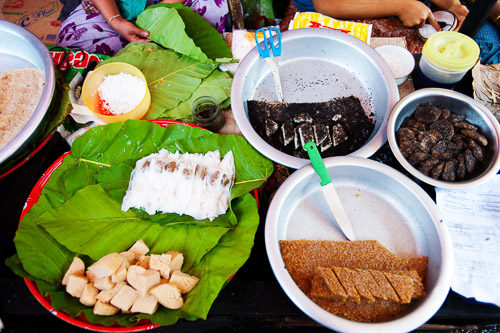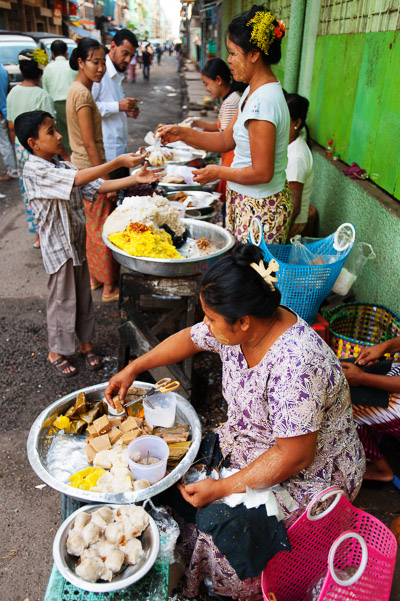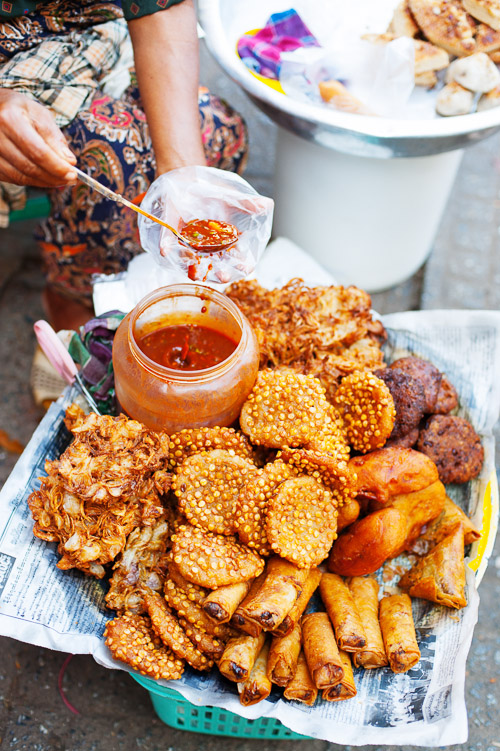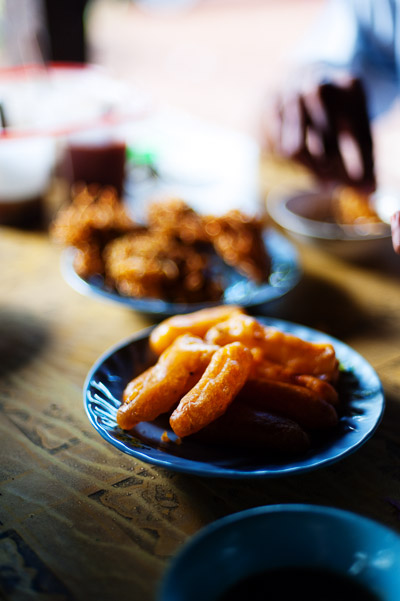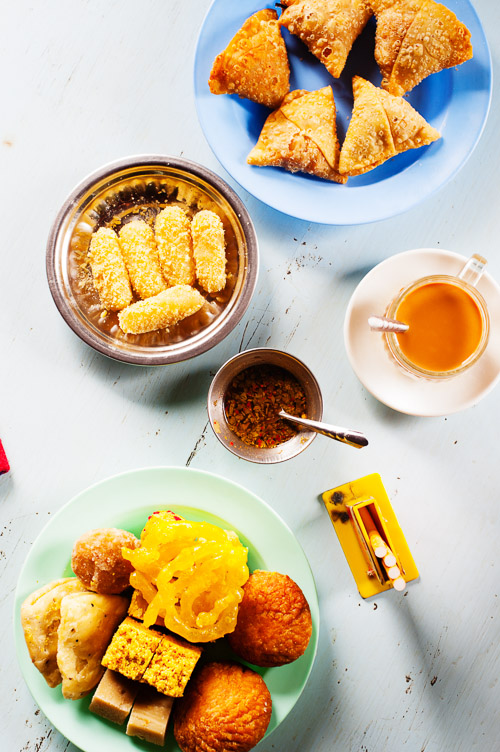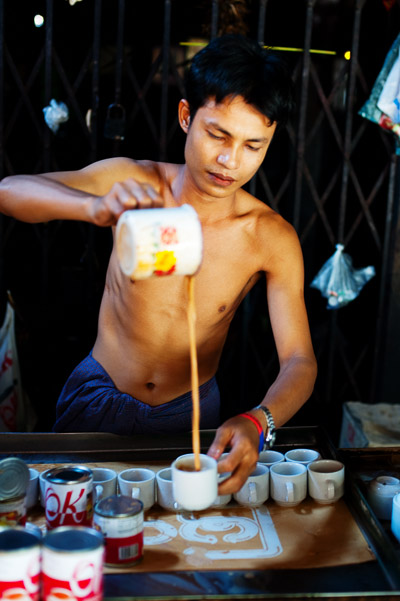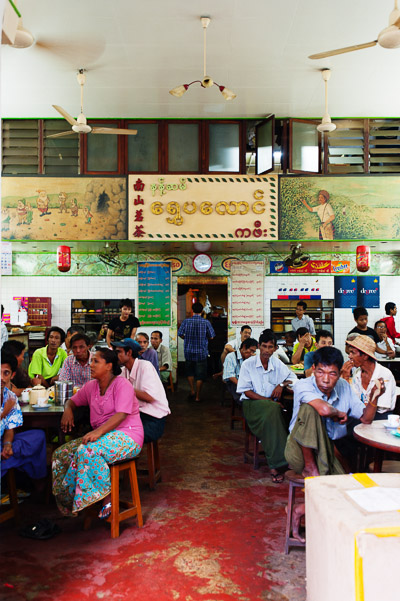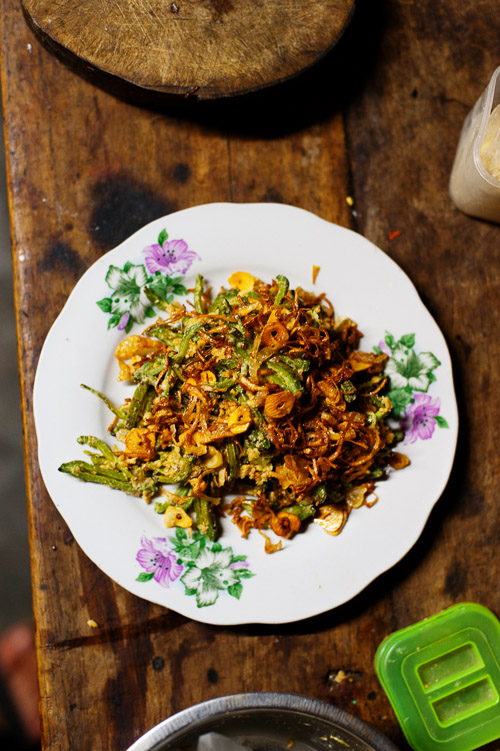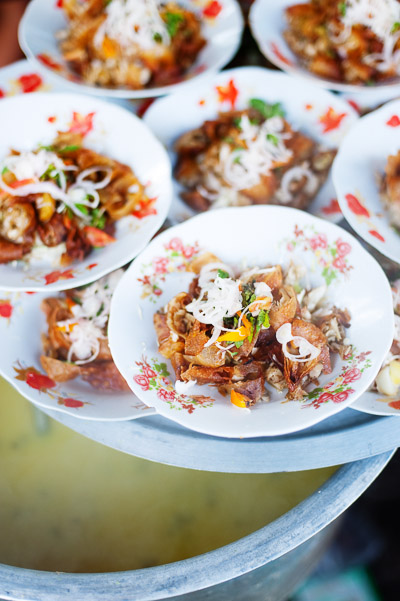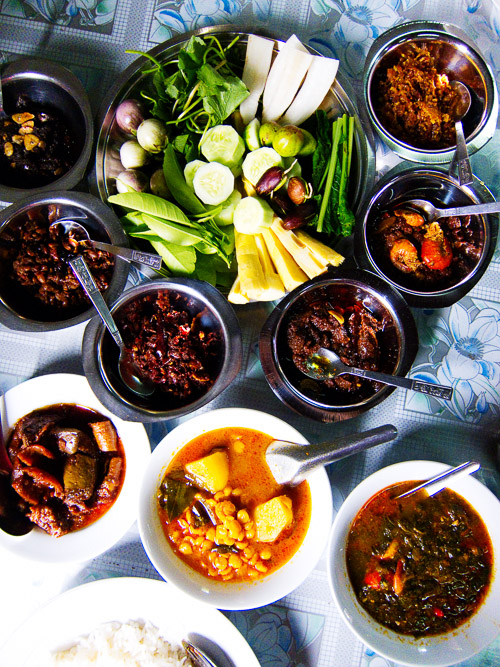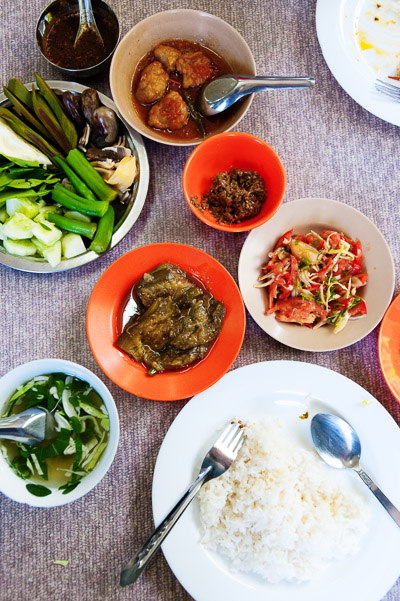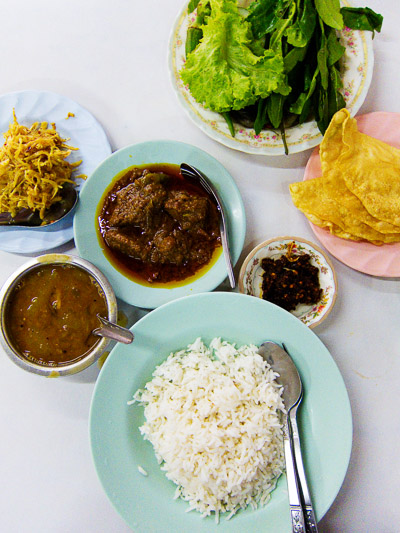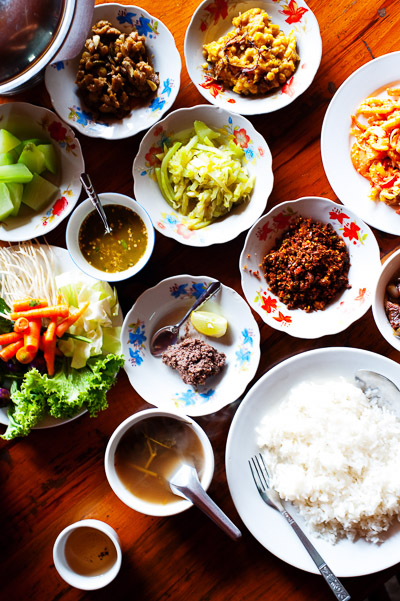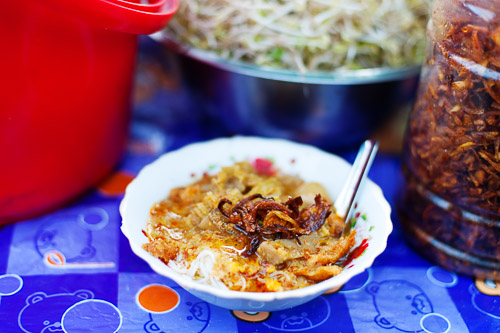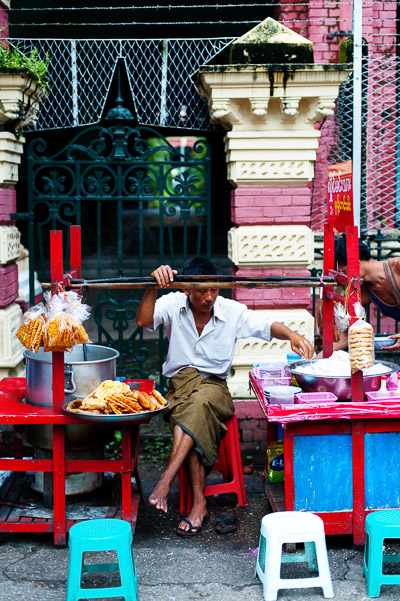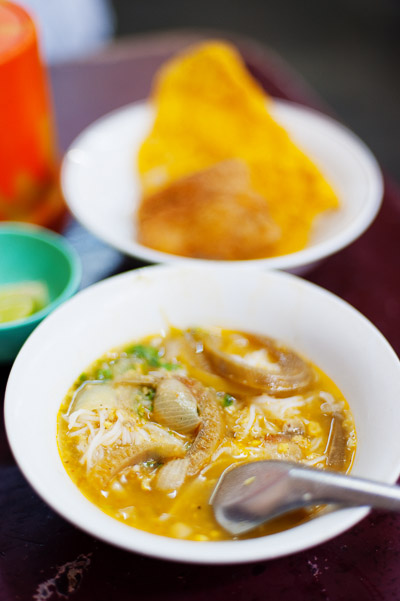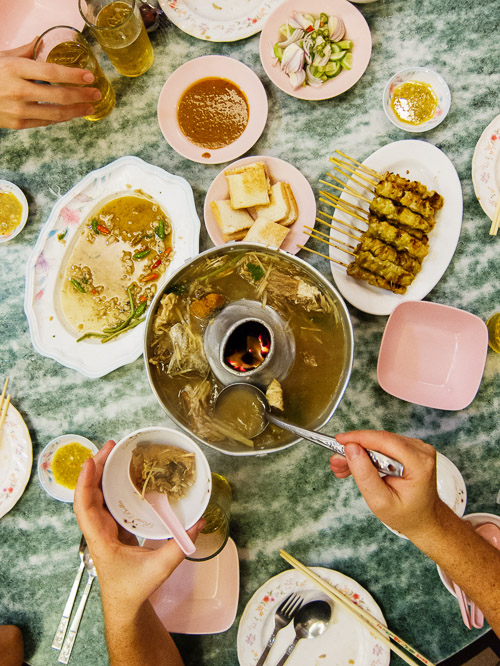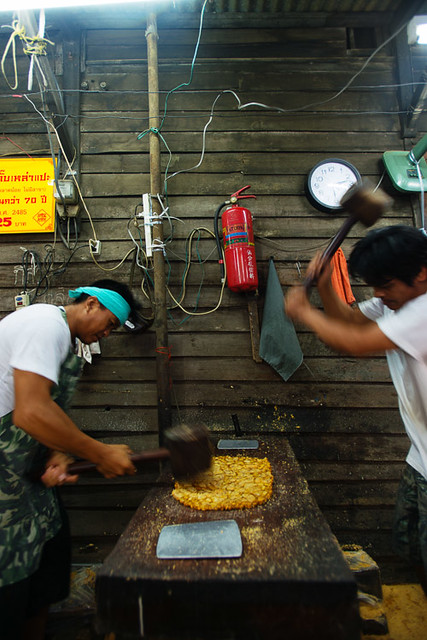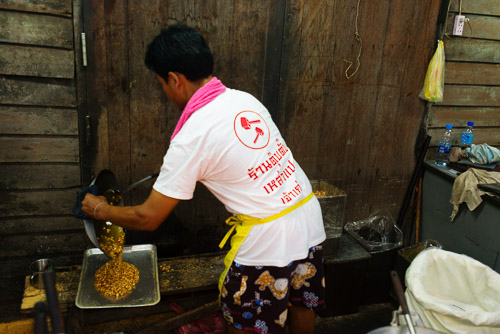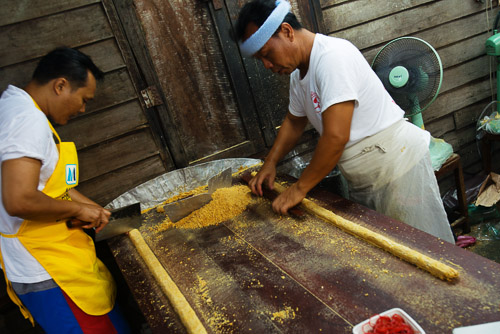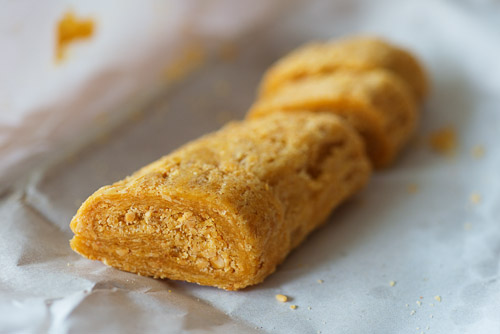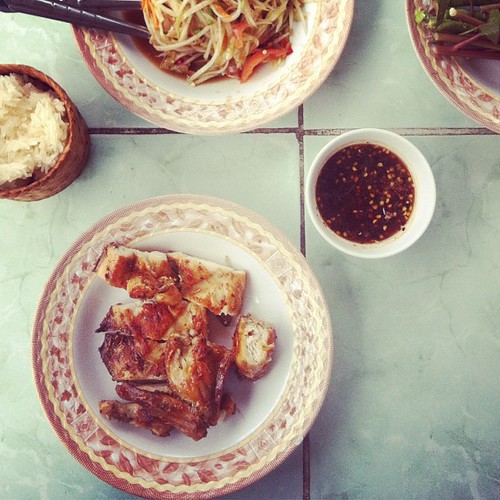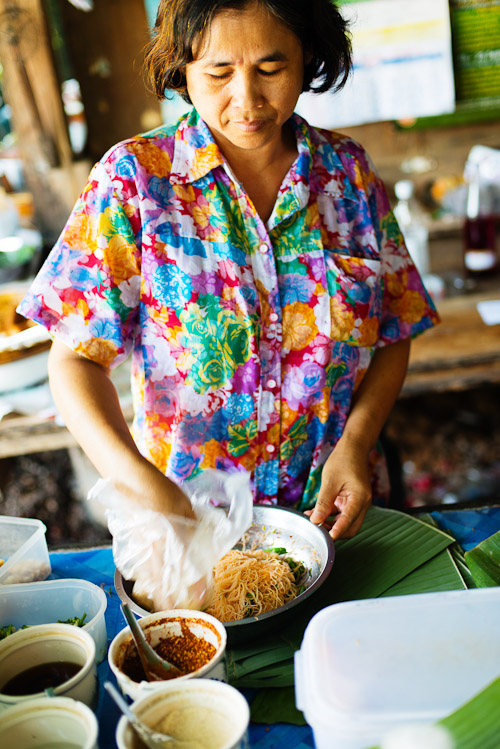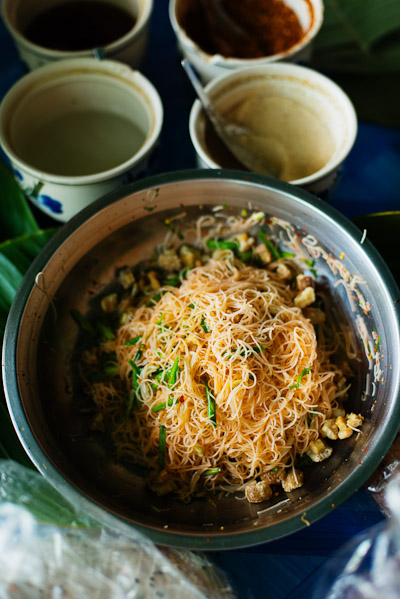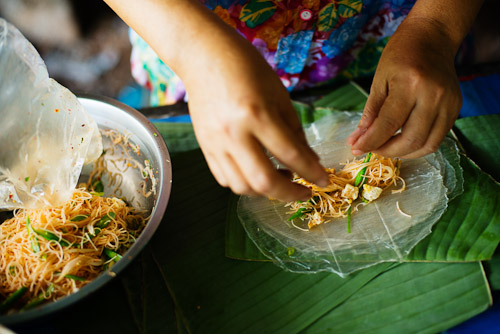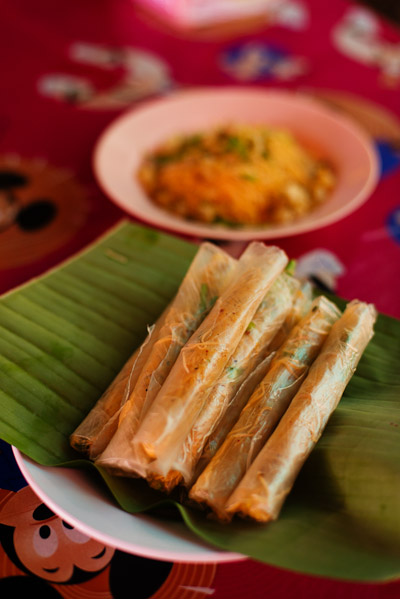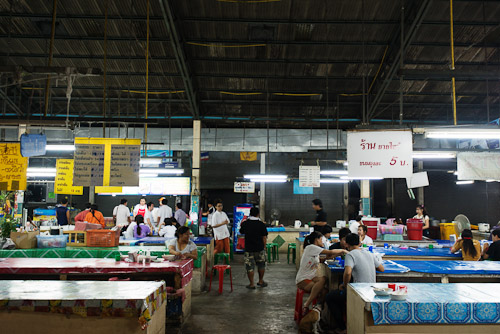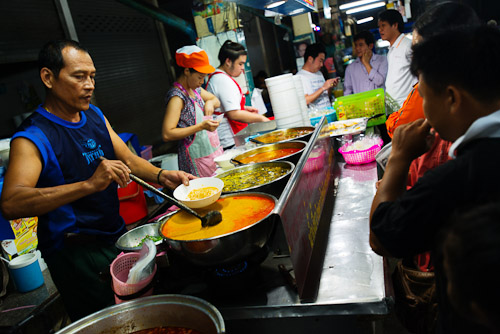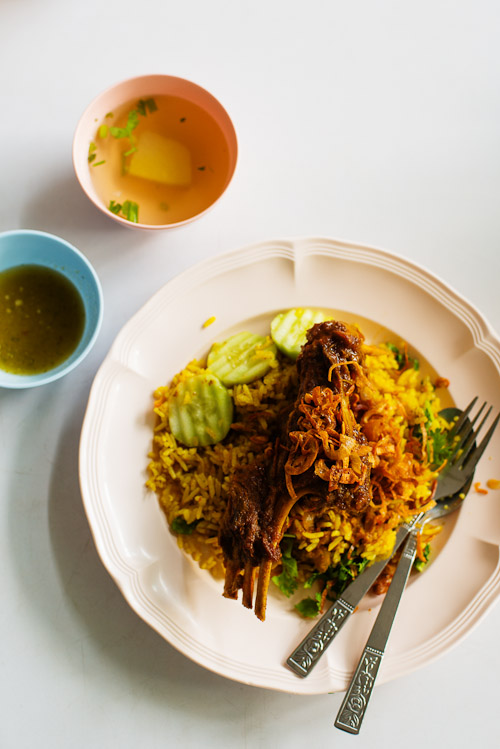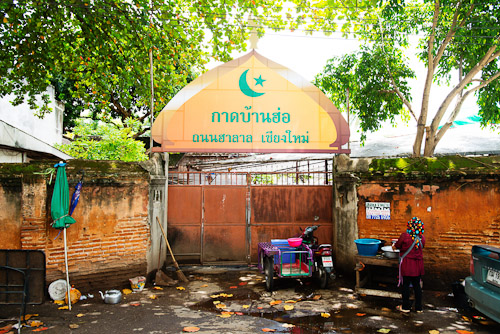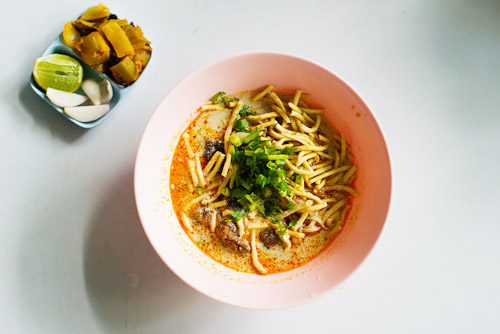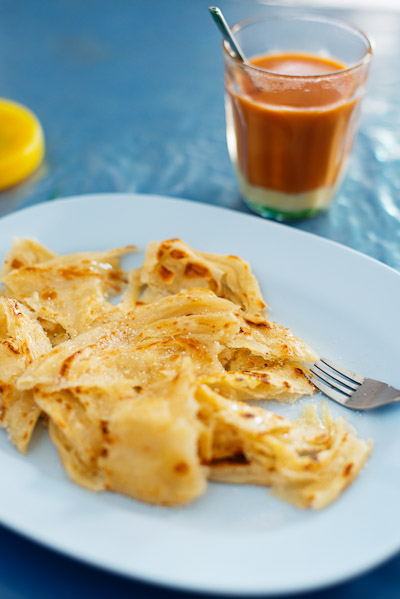 Khao soi, egg noodles in a curry-like broth, is generally considered a northern Thai dish. But in recent years, I'd begun to think of it as more of a Chiang Mai dish. Although the stuff is available just about everywhere in northern Thailand, there are only a handful of restaurants outside of the city that, at least in my opinion, live up to what khao soi is supposed to be (if you're curious, they are Khao Soi Lam Duan Fah Ham, Khao Soi Prince and Khao Soi Islam), and most bowls I encounter are generally pretty bland and boring.
Khao soi, egg noodles in a curry-like broth, is generally considered a northern Thai dish. But in recent years, I'd begun to think of it as more of a Chiang Mai dish. Although the stuff is available just about everywhere in northern Thailand, there are only a handful of restaurants outside of the city that, at least in my opinion, live up to what khao soi is supposed to be (if you're curious, they are Khao Soi Lam Duan Fah Ham, Khao Soi Prince and Khao Soi Islam), and most bowls I encounter are generally pretty bland and boring.
Despite this, when up north, I'll still try just about any khao soi that crosses my path. And in Mae Hong Son, where I thought I'd already been to every vendor, this willingness led me to the bowls served at Chom Mai.
The restaurant's beef khao soi (pictured above) boasts a strong and distinct spice profile, one that seemed to emphasise warm and slightly 'sweet' spices such as cinnamon, clove and perhaps even anise. The broth was also rich and meaty, something that's often lacking in many bowls of khao soi. The chicken version -- the better khao soi vendors make two separate broths -- was entirely different, and was mild and slightly sweet, with very little dried spice flavour. In fact, I'd venture to say that the chicken version was almost tomato soup-like, which frankly, may not be too far off the mark, as Thai Yai/Shan cooks in Mae Hong Son tend to put tomato (or sometimes even ketchup) in just about everything. Both bowls came served with the spicy, almost kimchi-like Shan style pickled greens and smooth noodles, and were some of the some of the most interesting and distinctive versions of the dish that I've encountered in a long time.
Chom Mai also do an excellent and slightly unusual khao mok kai (called 'khaw mok kai' on the menu), chicken biryani:
Also seemingly emulating local tastes, the dish as served here was exceedingly turmericy; the rice was bright yellow from the root, and both the rice and chicken were garnished with a splash of an oily, turmeric-heavy broth. This was countered by a refreshing ajaat (a sweet/sour cucumber relish) and a spicy/tart dipping sauce, and the dish was served with a tasty (and graciously turmeric-free) broth.
And to top it off, Chom Mai also serves what are easily the best coffee drinks in Mae Hong Son, although some of their nomenclature is slightly off: what they call a cappuccino is probably closer to what Australians would call a flat white.
So perhaps I was wrong, and khao soi is, after all, a northern dish. Or maybe it's the case that Chiang Mai now has a serious khao soi rival?
Chom Mai is located about 4km outside of Mae Hong Son, just after turn off to Tha Pong Daeng -- look for Doi Chaang coffee sign.
Chom Mai Restaurant Ban Mai Ngae, Mae Hong Son 053 684 033 8.30am-3.30pm
View Thai Eats in a larger map












